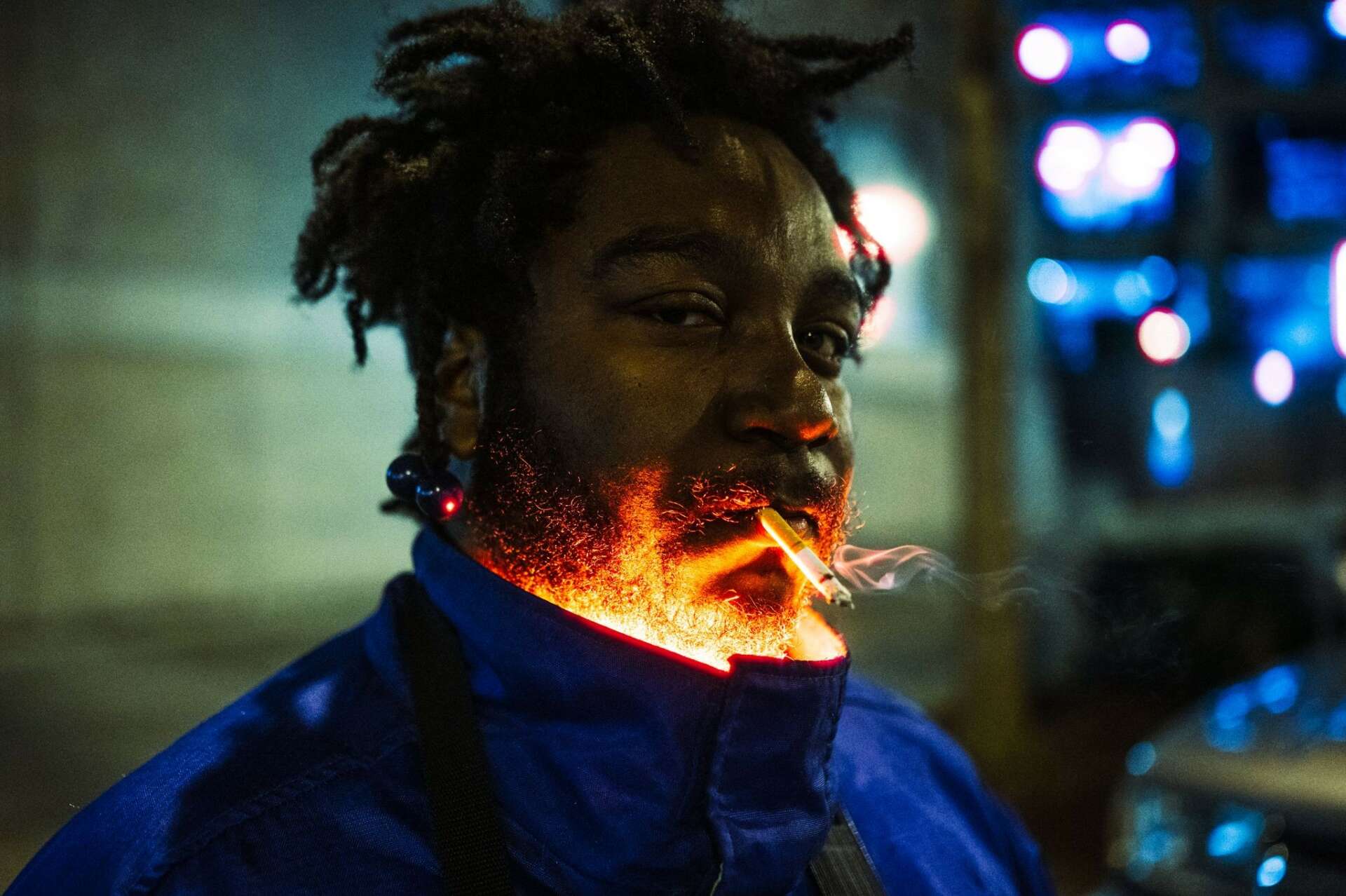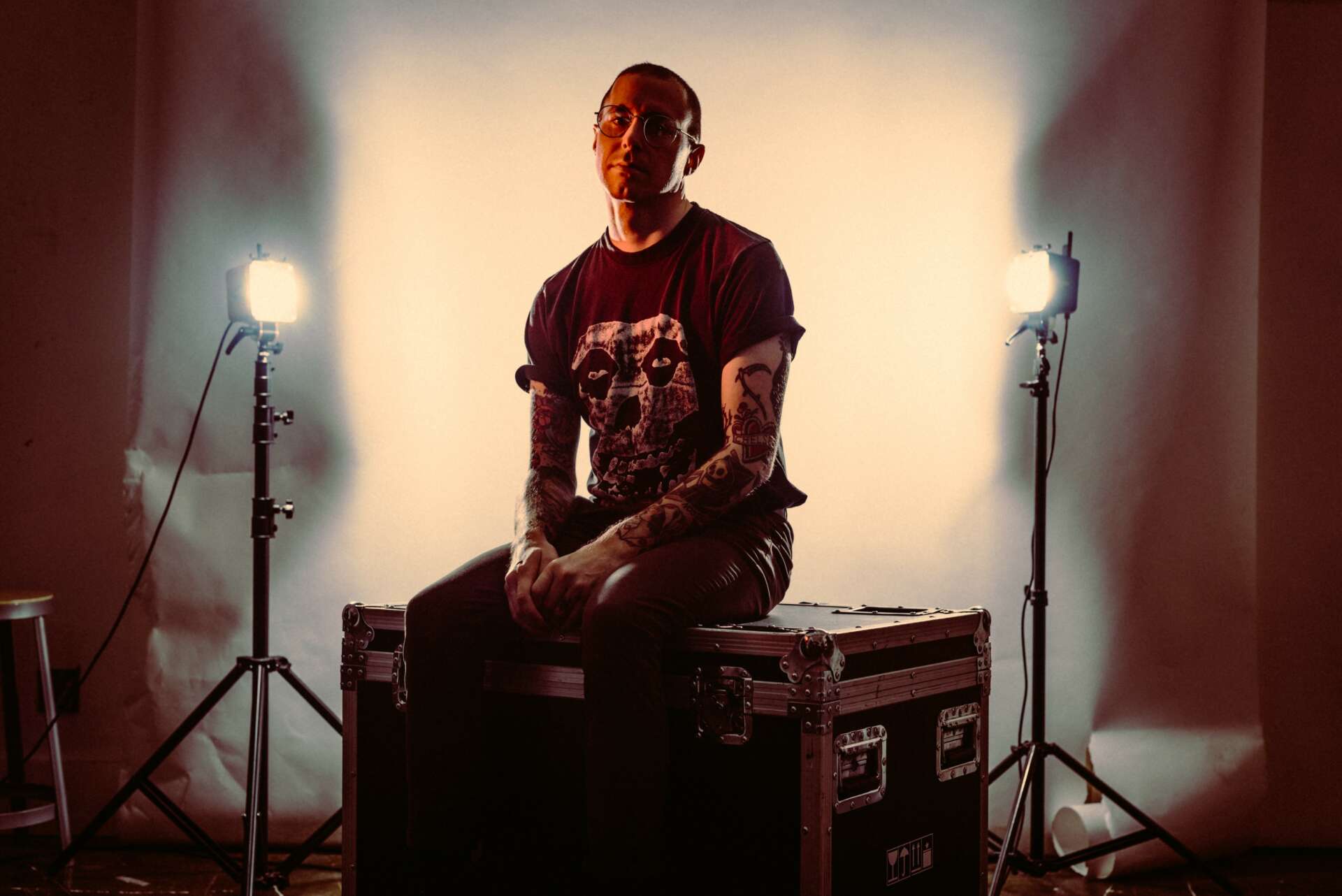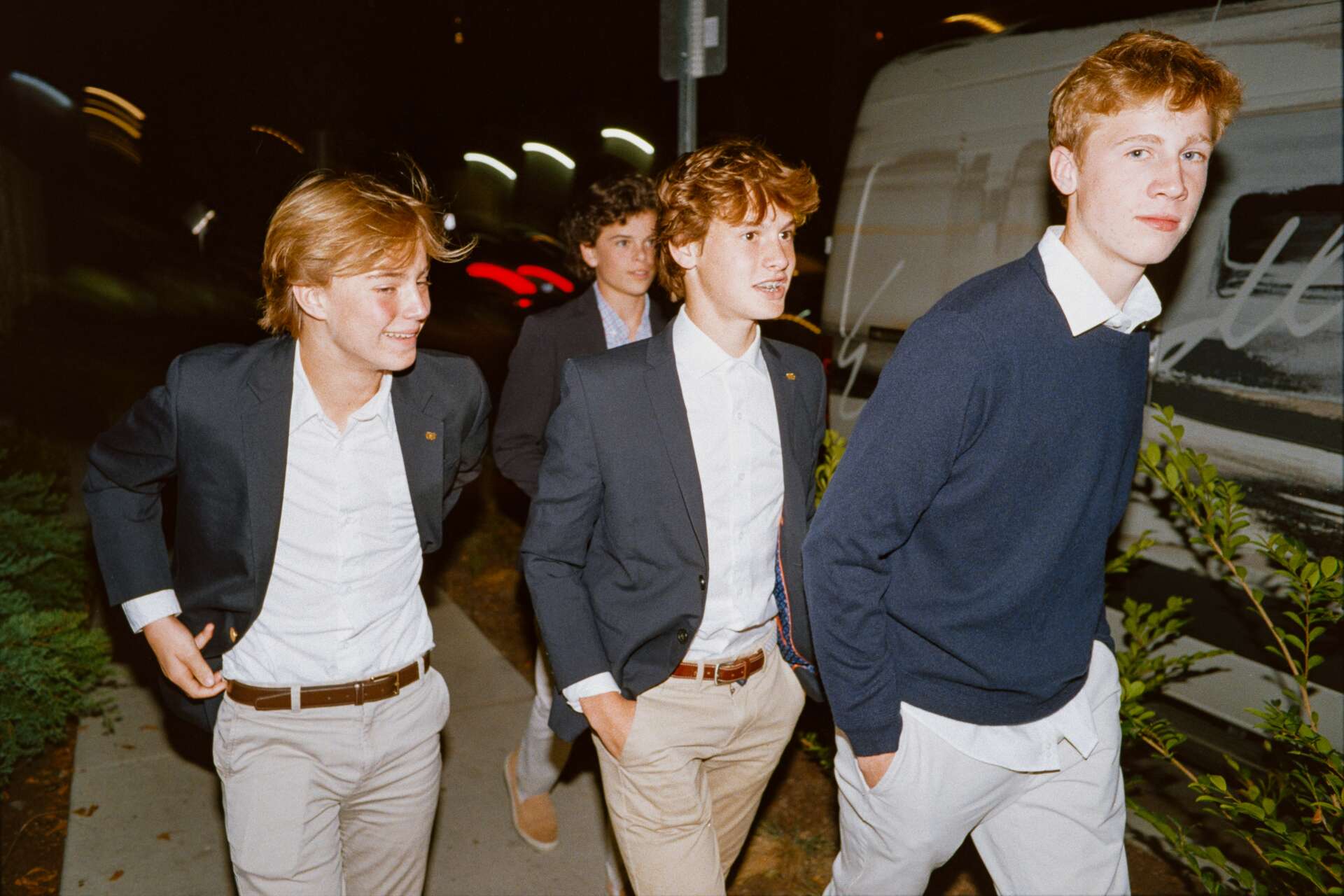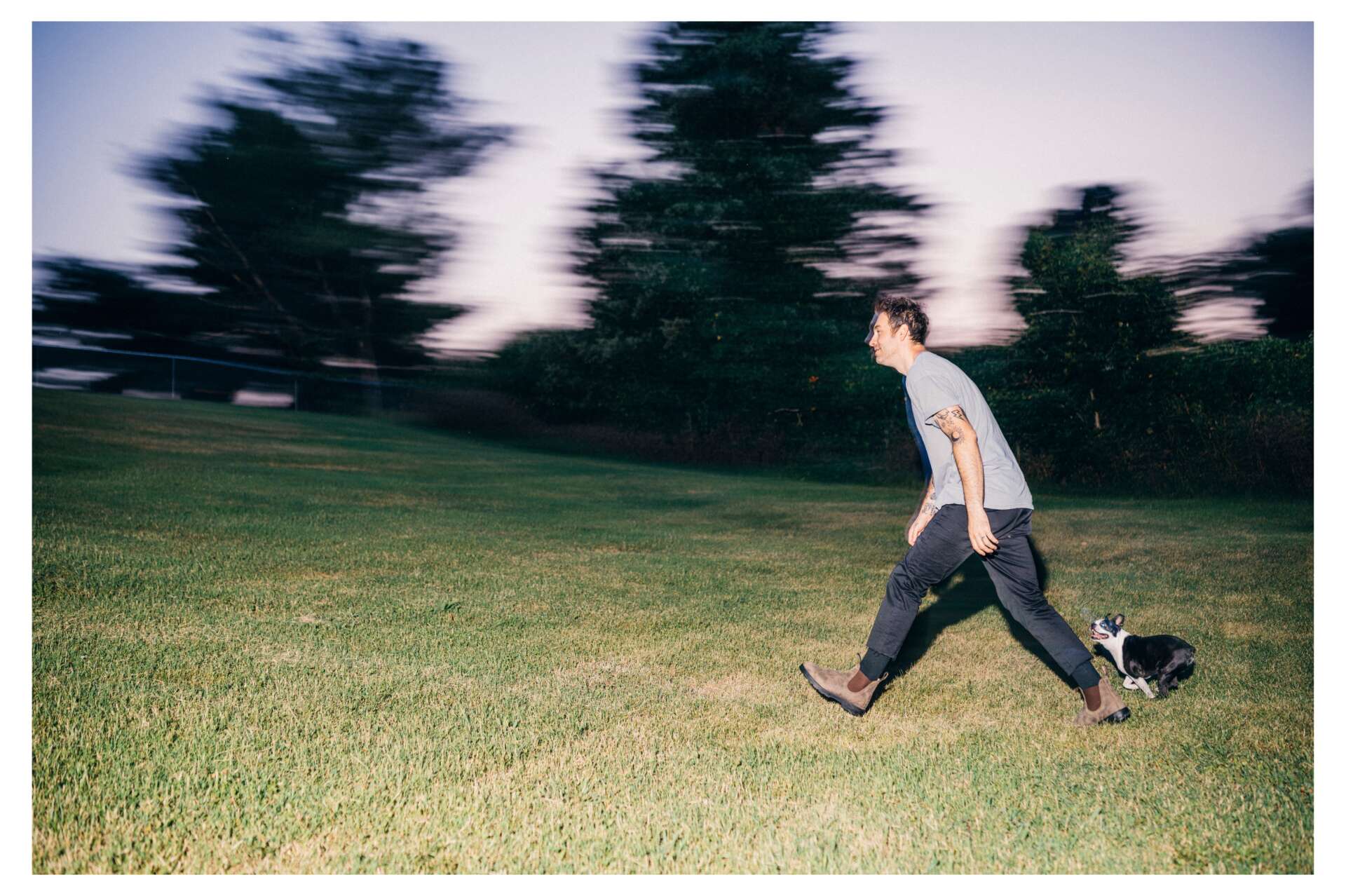We recently connected with Seiji Inouye and have shared our conversation below.
Hi Seiji, thanks for joining us today. Let’s jump right into the heart of things. Outsiders often think businesses or industries have much larger profit margins than they actually do – the reason is that outsiders are often unaware of the biggest challenges to profitability in various industries – what’s the biggest challenge to profitability in your industry?
The biggest challenge to profitability in the creative service industry- especially photo and video- is the cost of doing business. There’s an expectation that everything be handled in-house, and a lot of unseen work. I’d like to think I have a fairly modest but respectable industry-standard camera kit, but between two cameras, a handful of lenses, lighting, and the computer/hard drives needed for back end, I’m in well over $10,000. That’s just the cost of the tools, not the cost of being there, the time on the back end. Not to mention, the upkeep costs of film, processing and scanning costs, additional hard drives, subscriptions for cloud storage, insurance etc.
The biggest challenge to staying profitable is that buyers and clients are expecting professionals to bring this 5-figure expression of value to every shoot, but only want to invest $200.




Seiji, before we move on to more of these sorts of questions, can you take some time to bring our readers up to speed on you and what you do?
I am primarily a portrait photographer and consultant, focusing on showcasing ethical businesses and helping people market themselves and their work. I got into photography as a business by mistake: I had picked up the hobby as a form of tactile stress relief after quitting smoking, and it quickly because an obsessive joy. I do a variety of photo work throughout the year, though I probably do the greatest quantity of portraits, and portrait series for families. I also work with businesses on building out libraries of assets for them to showcase themselves to new clients on the web and in print. Typically, I find that clients have a strong idea of how they want to be perceived, but it may not align with the business they run. From a consulting perspective, I try to help individuals identify what they want to be, see where it overlaps with what they are, and use photography to help activate those strong points. No business or person is perfect, but I believe that focus and honesty with ones self can unlock a lot of good in anyone. If a business or person is interested in that kind of work, I’m happy to be on that path with them.
I believe what sets me apart from other photographers is my focus on being empathetic with my clients. It’s important for me to feel like I am doing something in my clients best interest, even if that means sending them to someone else who might serve them better. I want to help people and businesses grow into the best version of themselves. Sometimes that means telling them that photography isn’t a good use of their resources, and they need to focus on company culture to retain their employees better. Sometimes that means explaining that the aesthetic vision they have doesn’t align with their values as a person. Sometimes it’s a slam dunk and we get to have fun and create exactly what they want.
I’m most proud of the times when my clients and colleagues feel safe around me. I want people to know that I’m working with their interest at heart and ultimately want people to feel like their desires are valid and worth being explored. I think I’m most pleased when I work with people who are equally dedicated to an outcome, and are willing to do the work needed to execute on their ideas.
Can you share your view on NFTs? (Note: this is for education/entertainment purposes only, readers should not construe this as advice)
I’m not as well-read in the crypto space as I ought to be, but I think NFT’s are an interesting platform. To address the elephant in the room, I think cryptocurrencies in a broad sense, and by proxy NFTs, are ecologically problematic. However, I think that is a problem with implementation and eventually digital art and digital assets being bought and traded on a veritable block chain makes a lot of sense. They have a bad reputation right now because people are using irresponsible amounts of power to mine crypto and mint NFTs, and the product can be as one dimensional as a jpeg of a monkey cartoon, but the reality is that we’ve functionally had NFTs for years. Things like digital concert tickets, music, and comics are all digital products that we traded fungible cash for to carry inherent value verified by a digital process. This new technology is really only new insofar as our ability to make it accessible and truly secure. Once the environmental and financial hurdles are sorted out, I wouldn’t be surprised to see many of the worlds digital assets converted to this form.




Can you tell us about a time you’ve had to pivot?
One of the biggest pivots in my career was actually previous to me working in photography- I have a formal education and training in Audio Engineering Technology, with a Bachelor of Science degree. I worked in the music industry for nearly 10 years, recording and mixing music in studios, and eventually came to a place of burnout. That industry is similar to the photo/video world, but I didn’t know as much and created a lot of problems for myself. Eventually I found myself unhappy. Working in music often leaves you at odds with yourself. I was realizing that more often than not, I was having to do things that weren’t in line with what I thought was best for the project. Constantly making compromises. After nearly a decade, looking back on my body of work, I was disappointed to realize there were very few pieces that I could be proud of. When I started turning down audio work and started picking up photo work, I made a commitment to myself that I’d work harder to honor myself with the work I did, and I think that has been one of the best career decisions of my life.
Contact Info:
- Website: http://seiji.pro
- Instagram: @sei.ji
- Twitter: seijiinouye
Image Credits
Seiji Inouye


